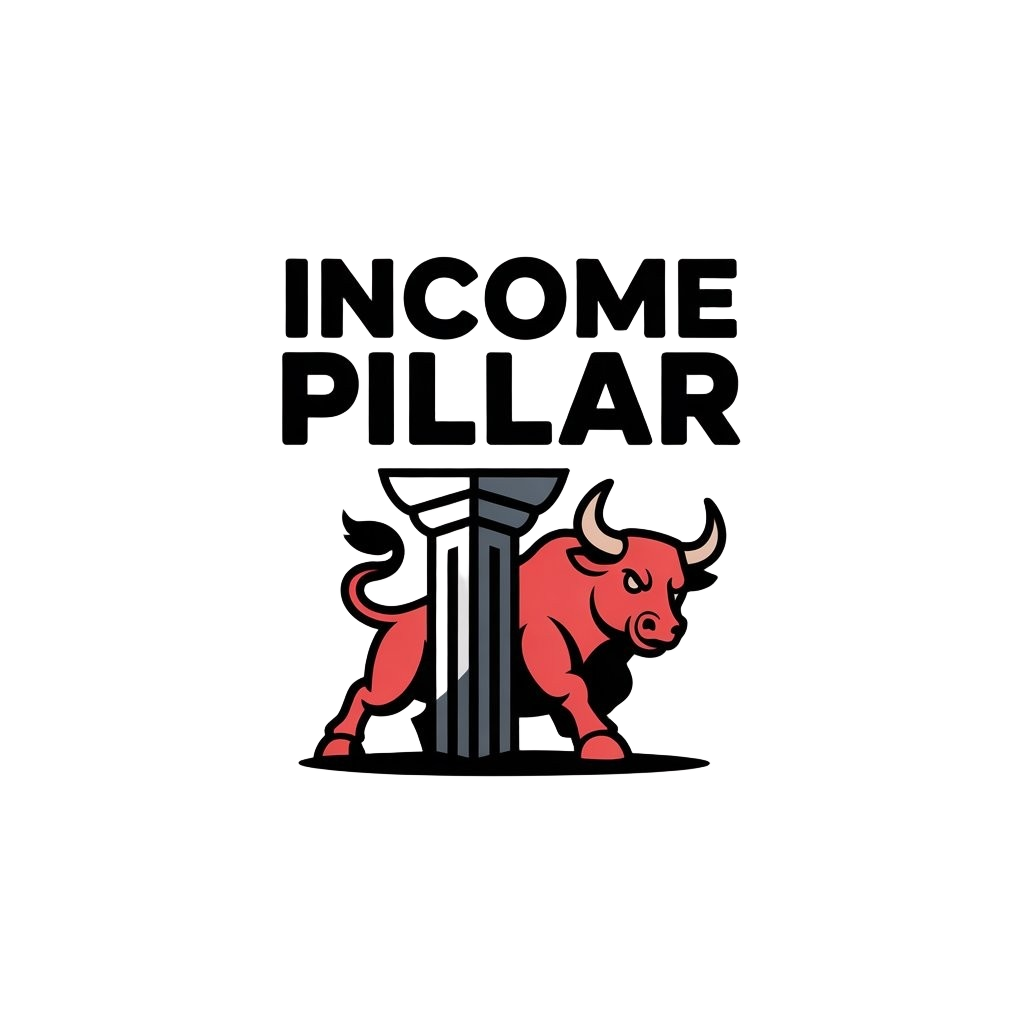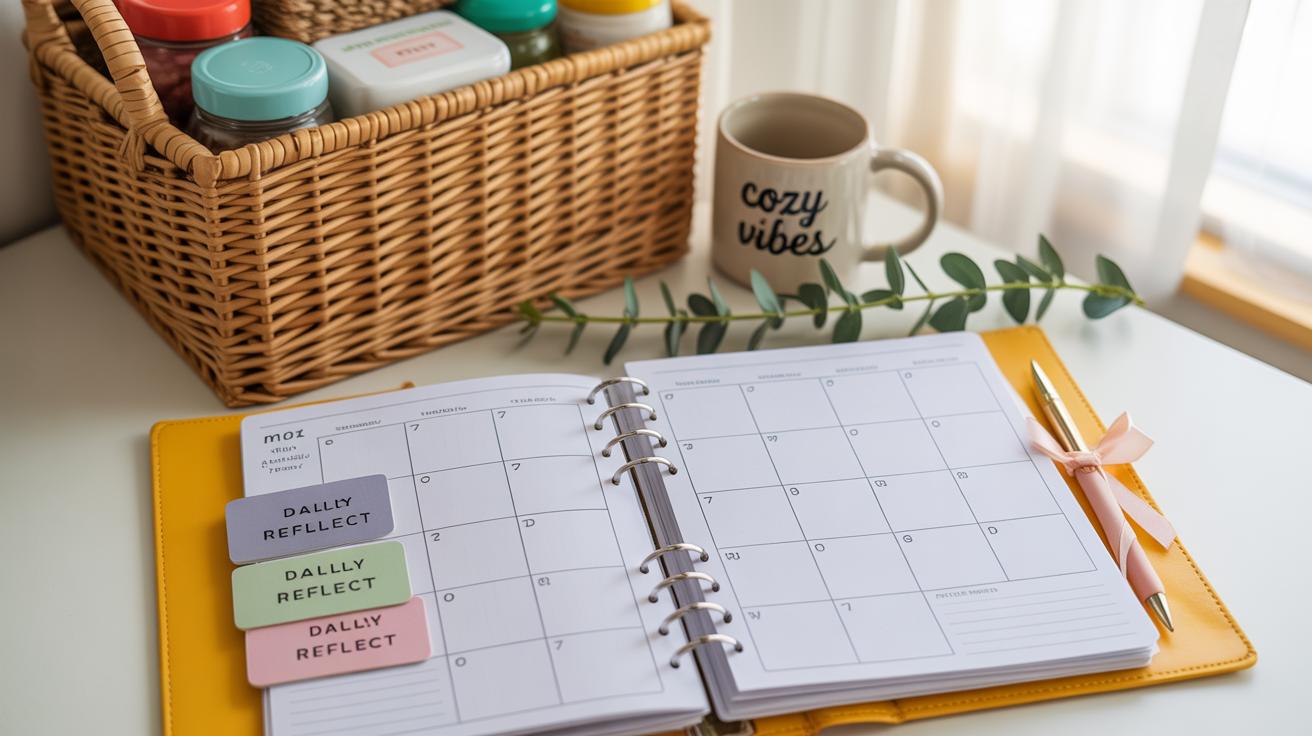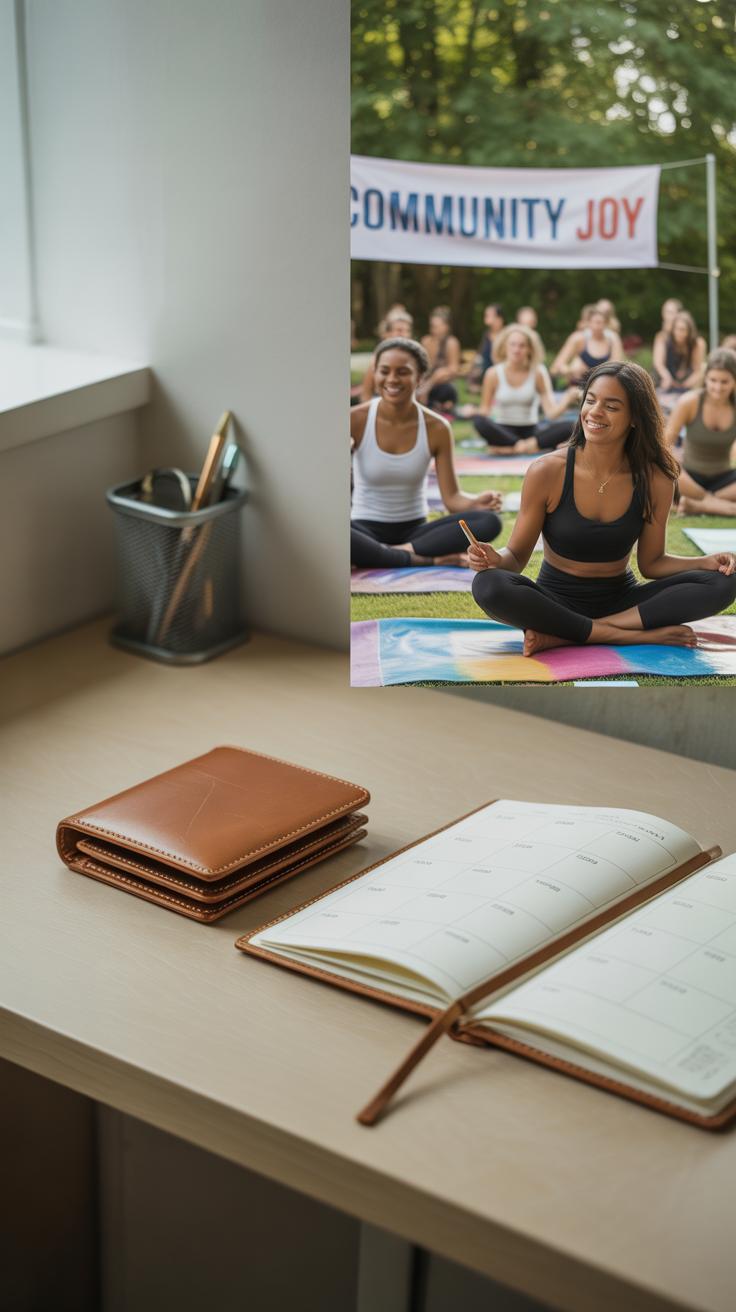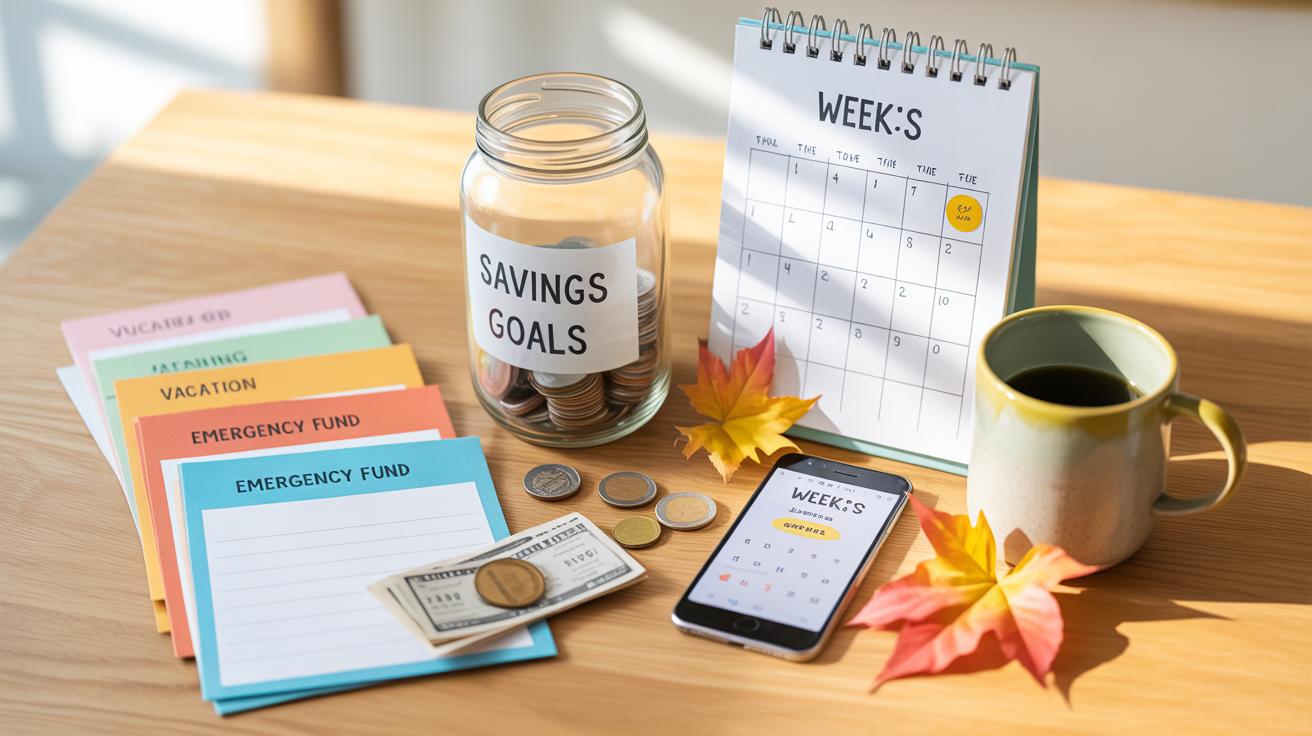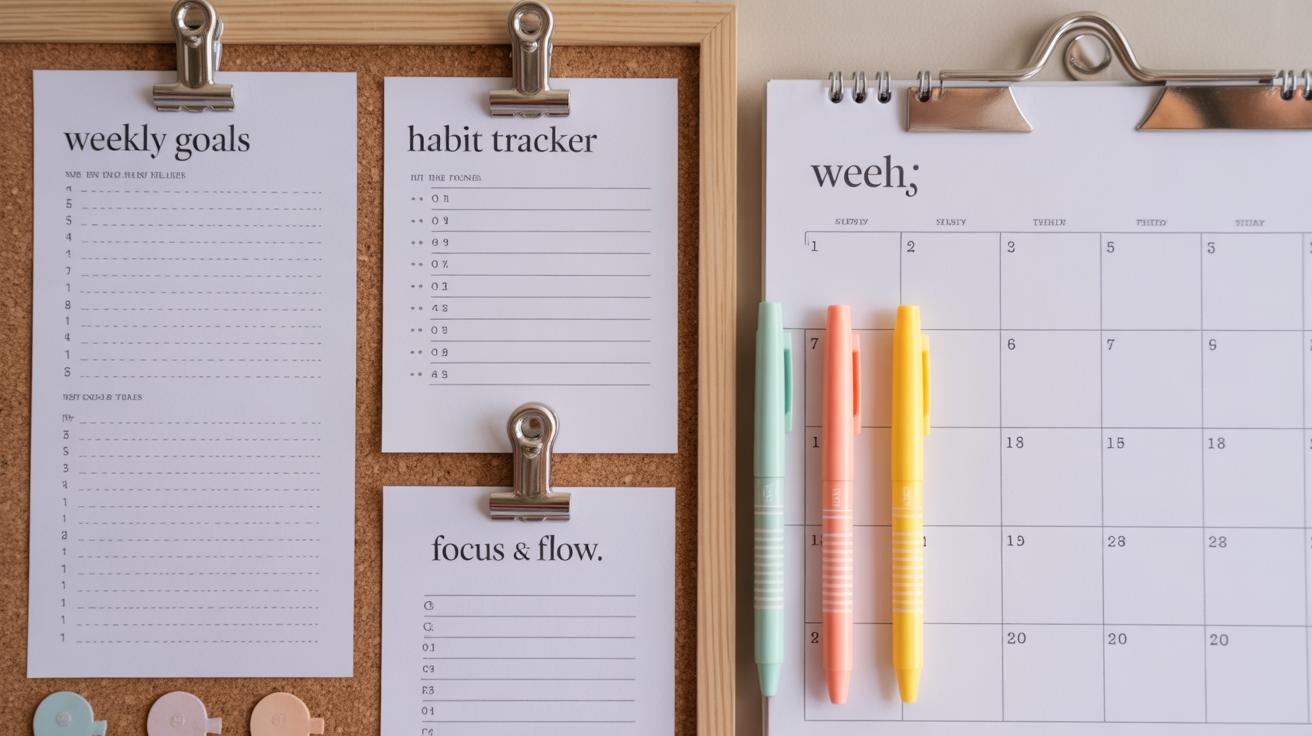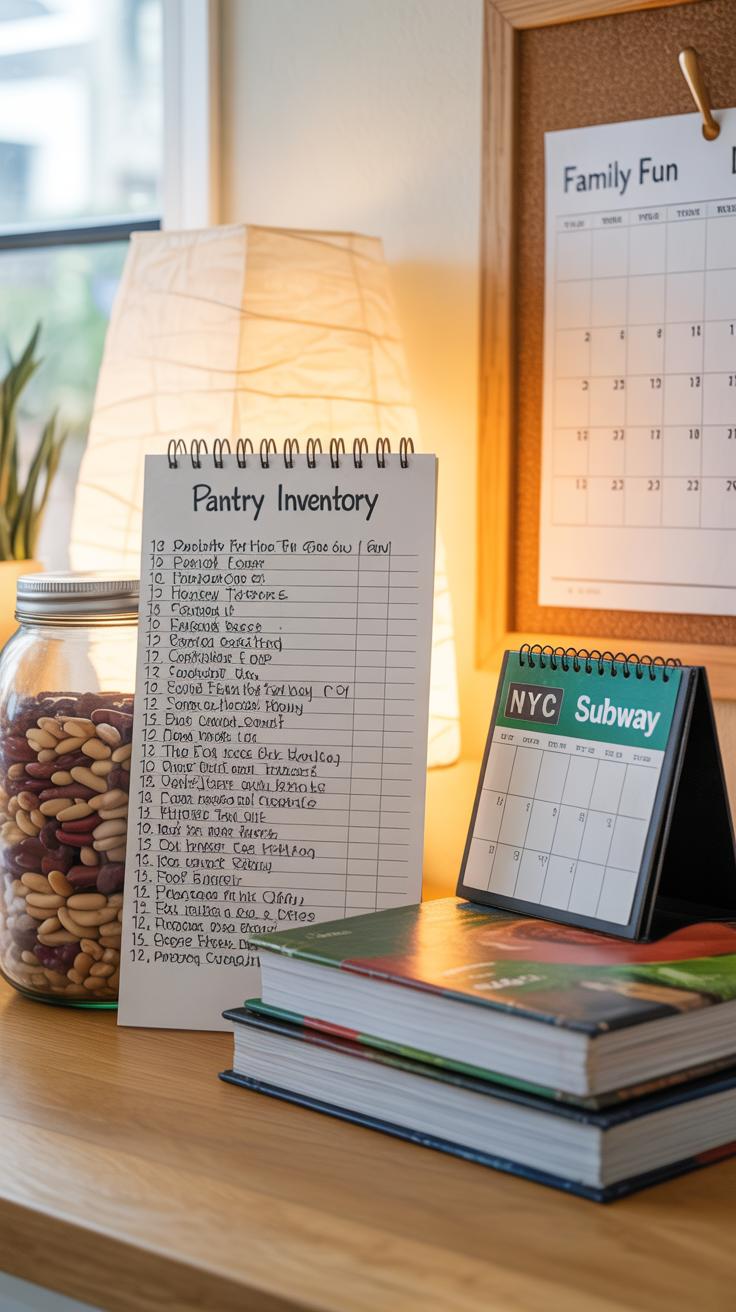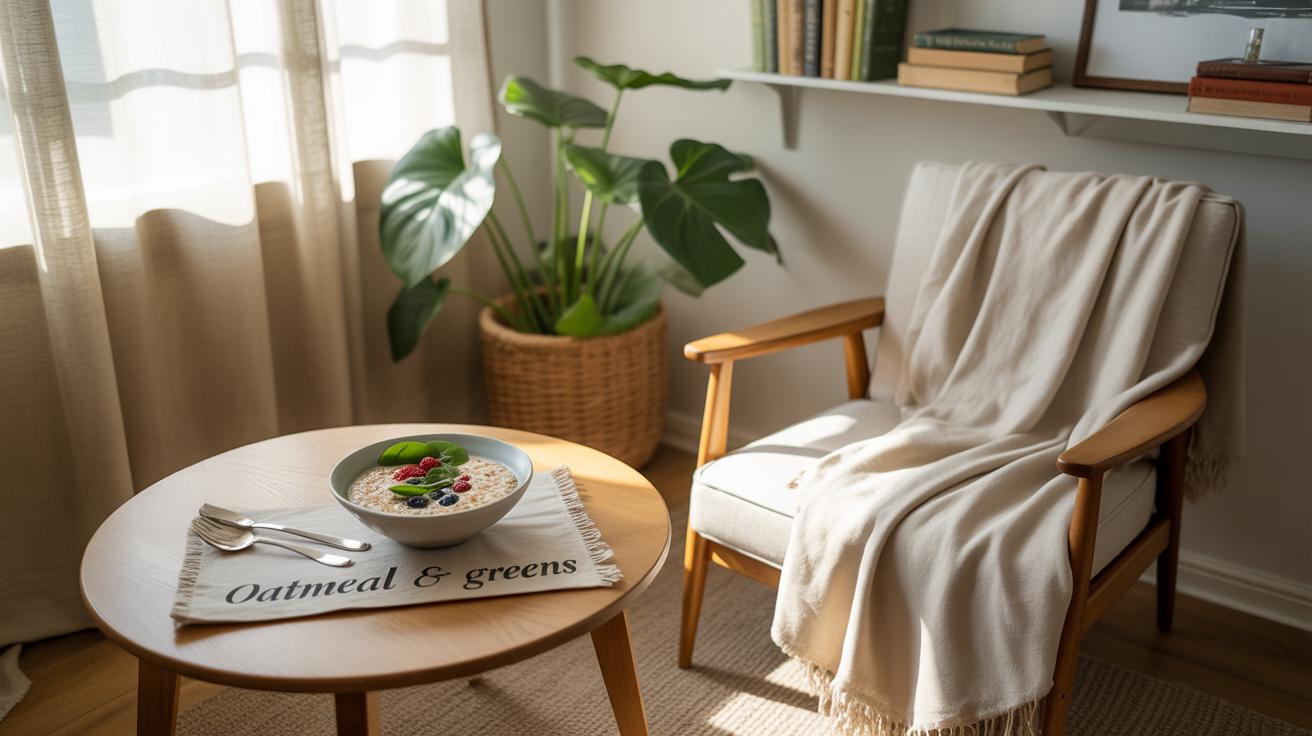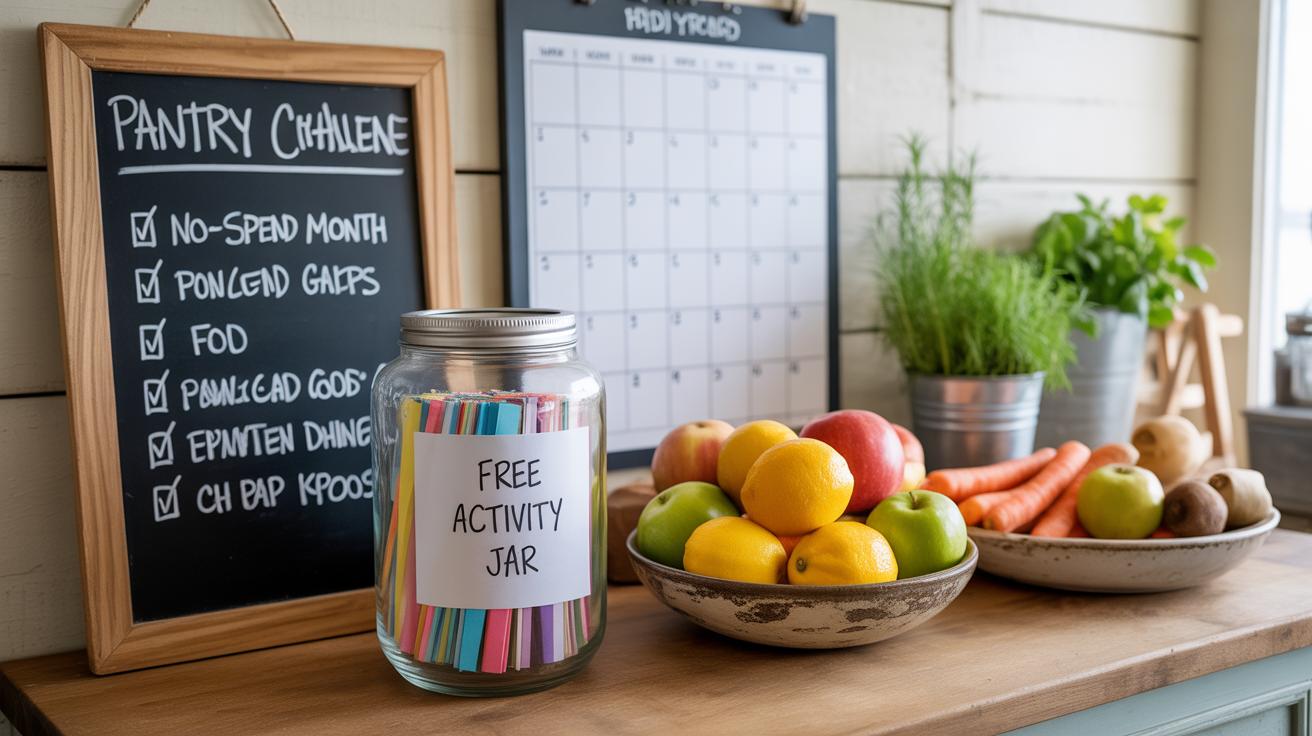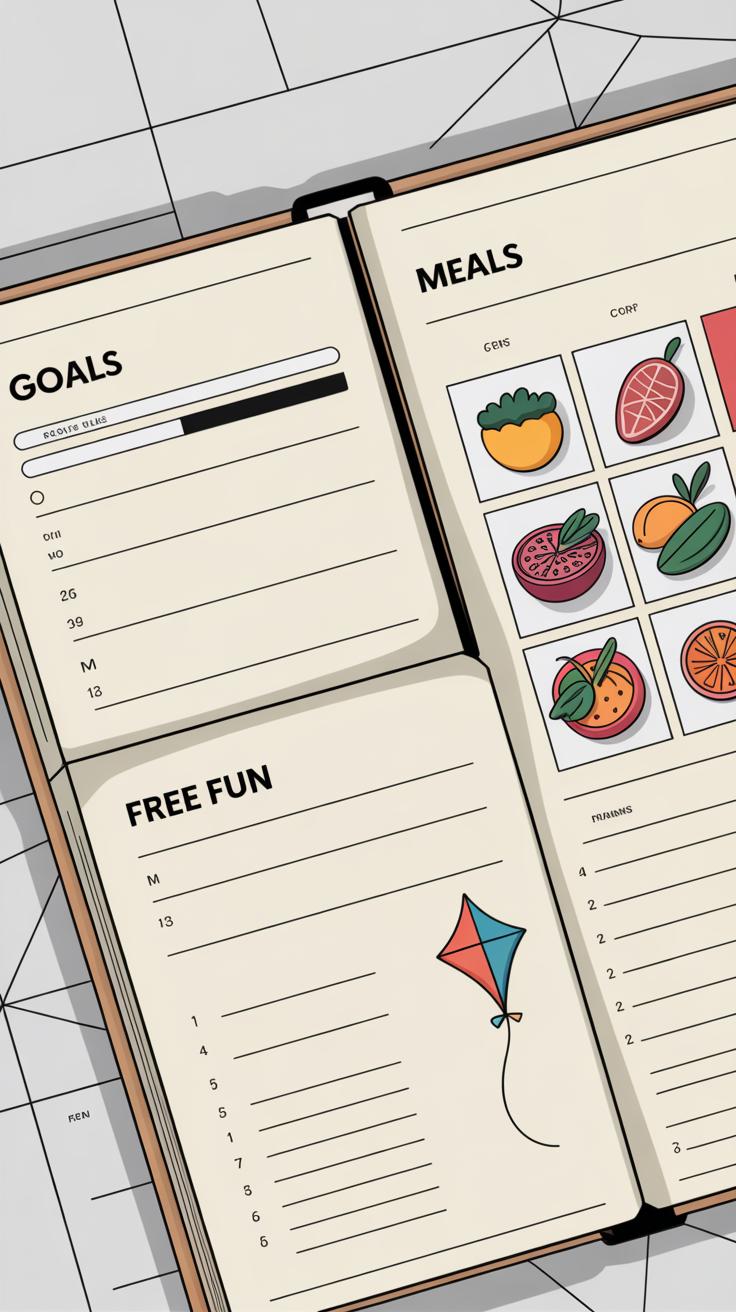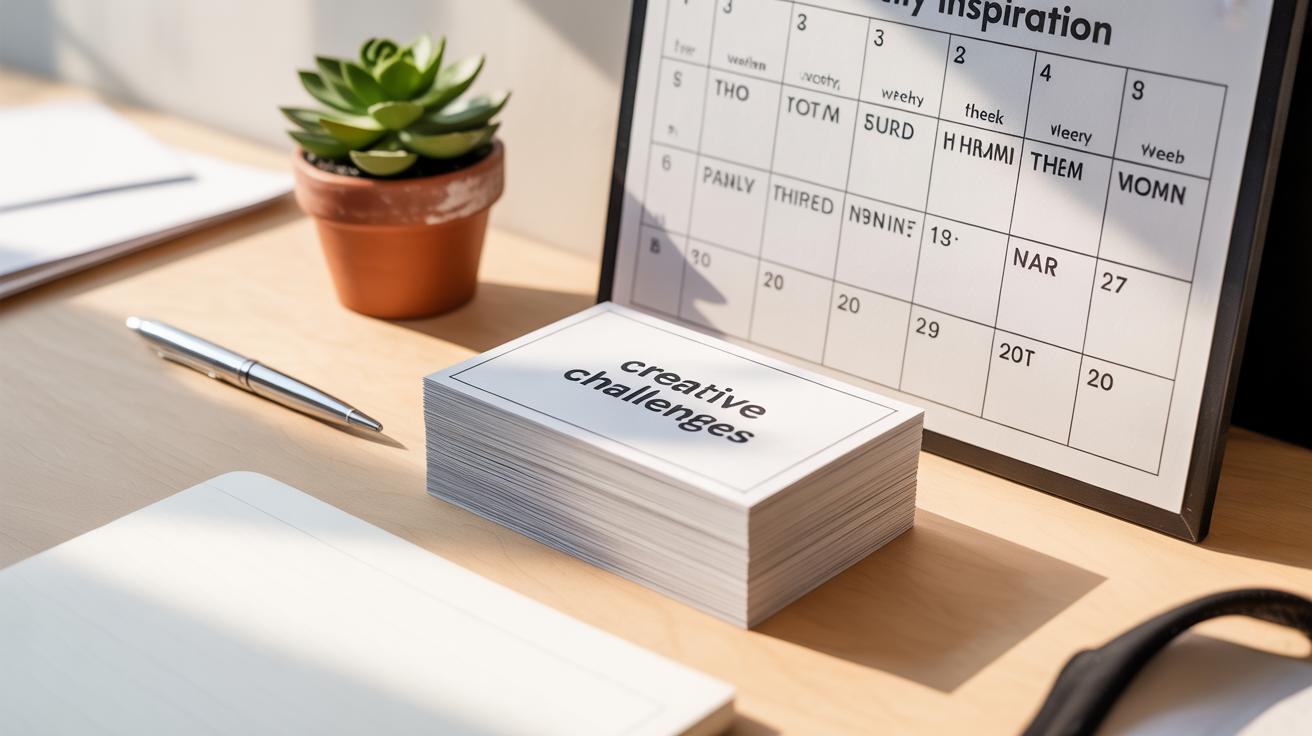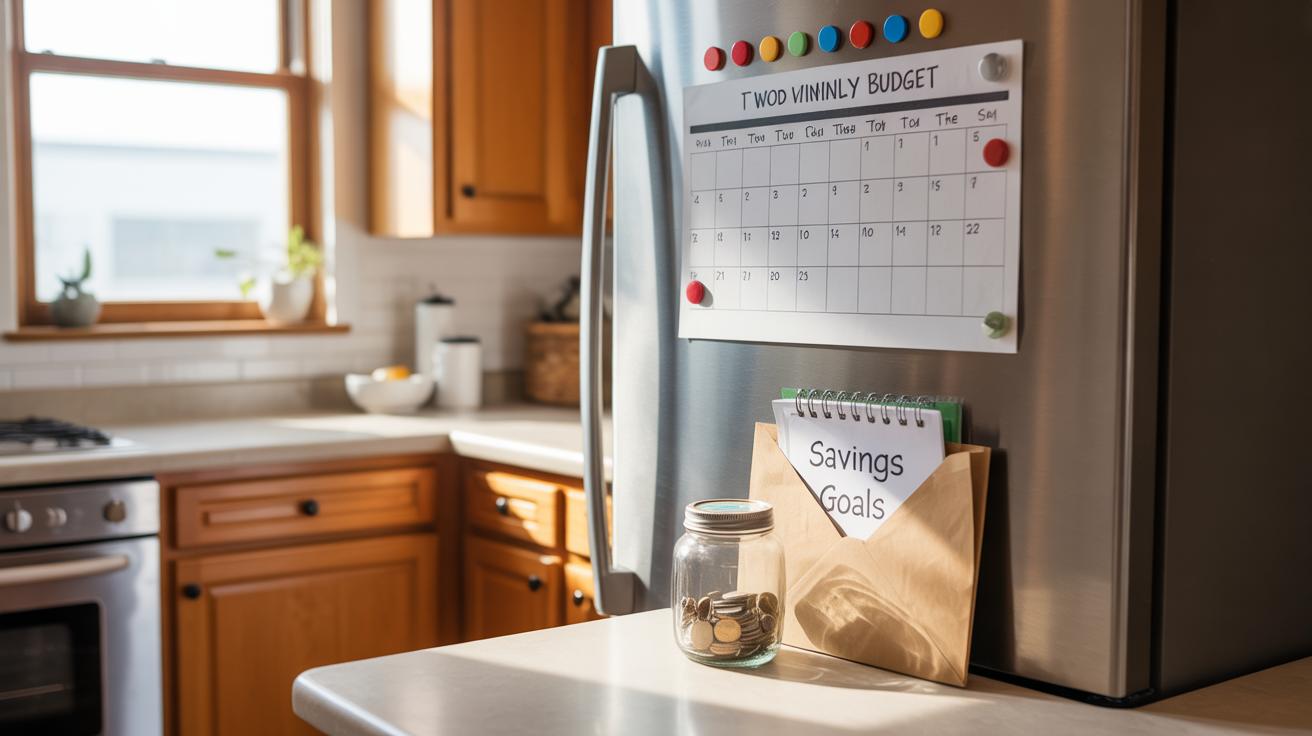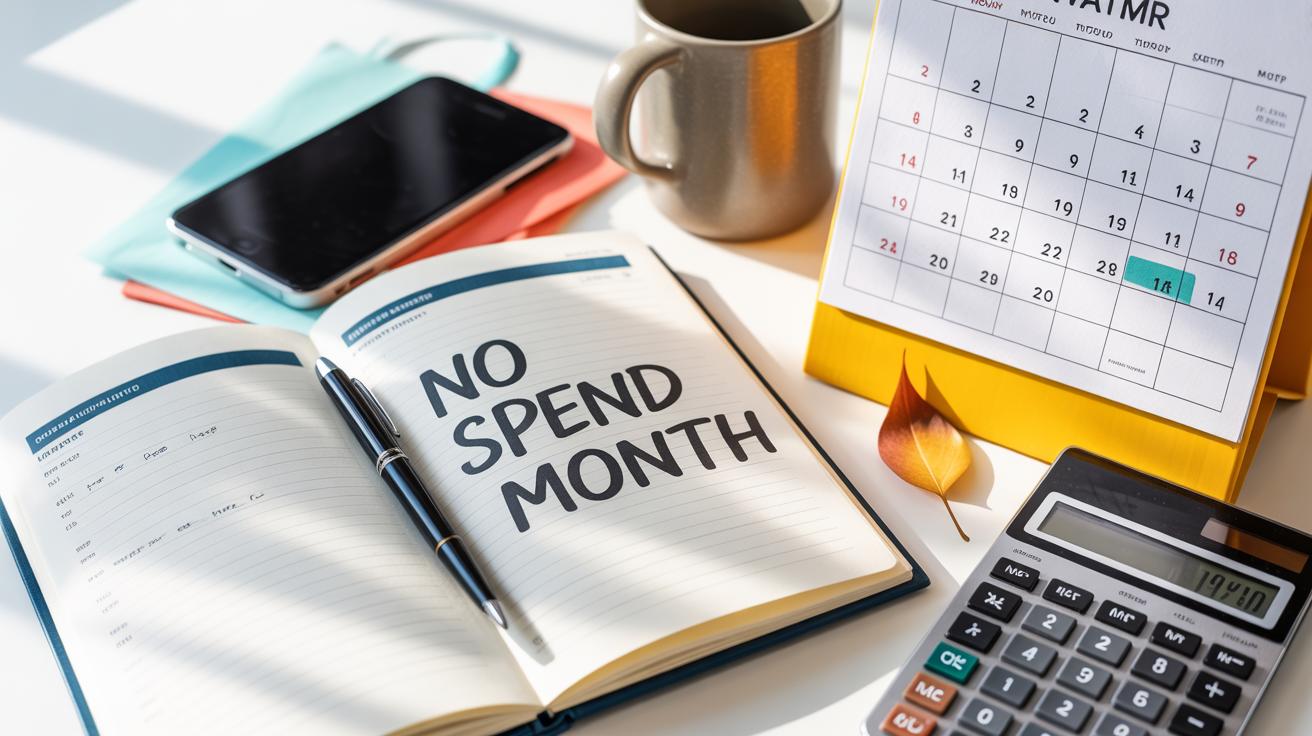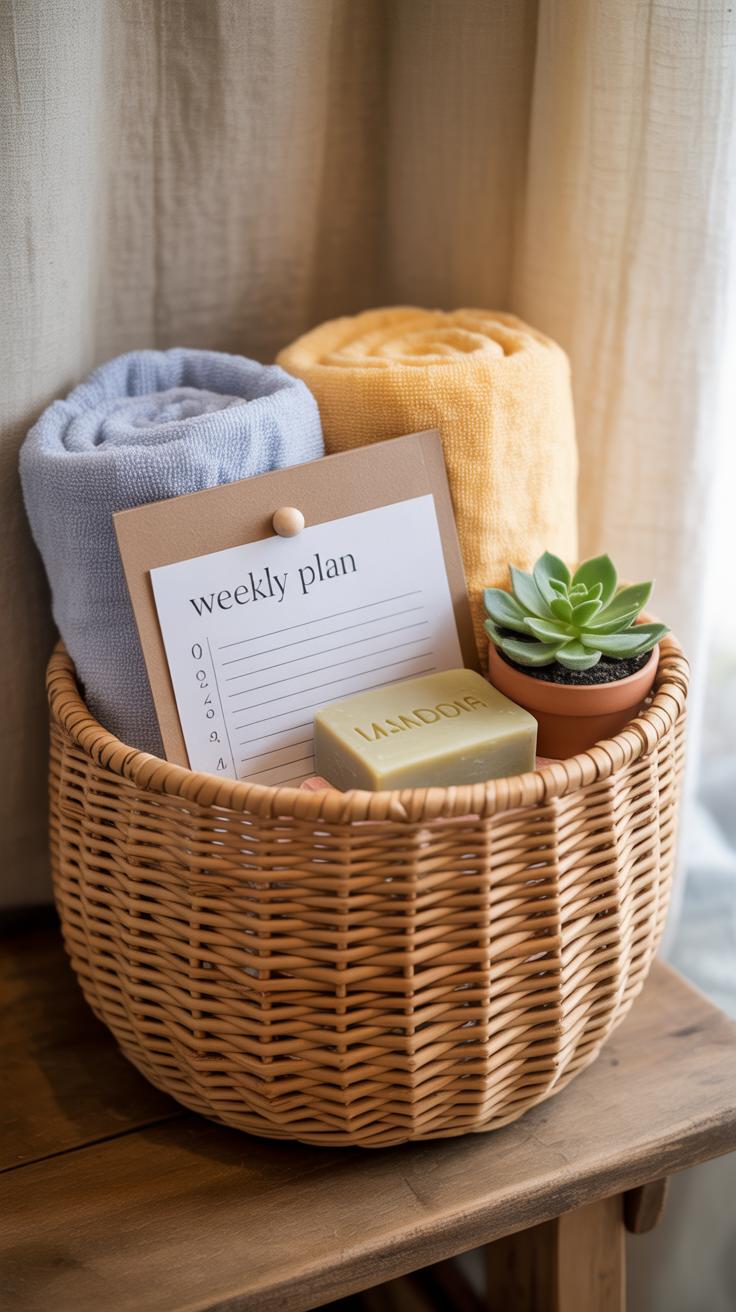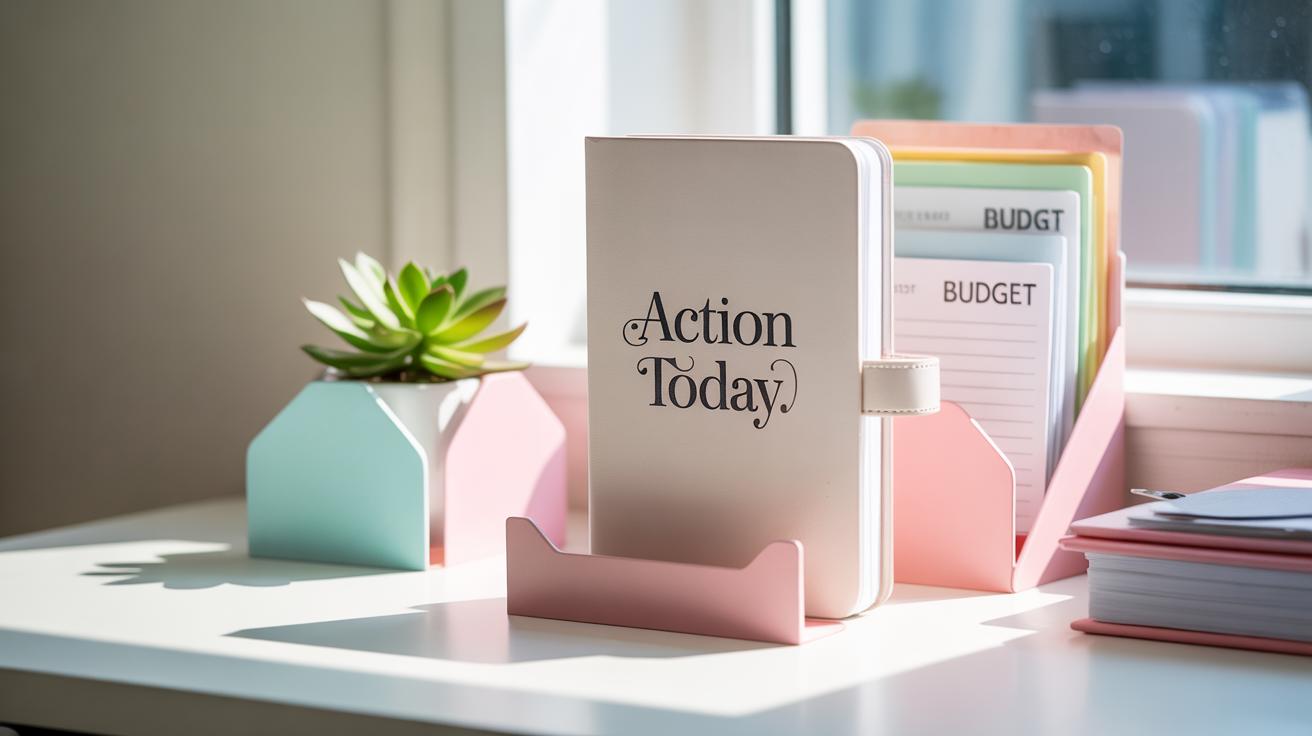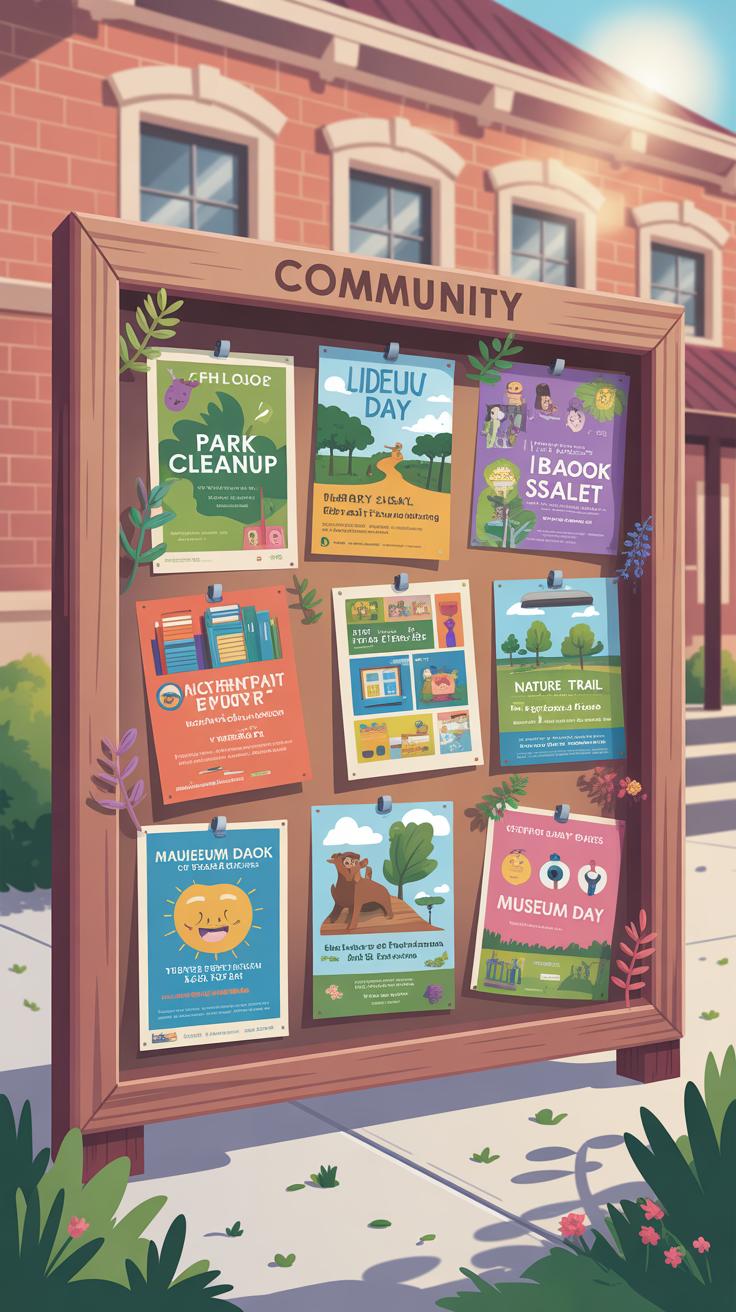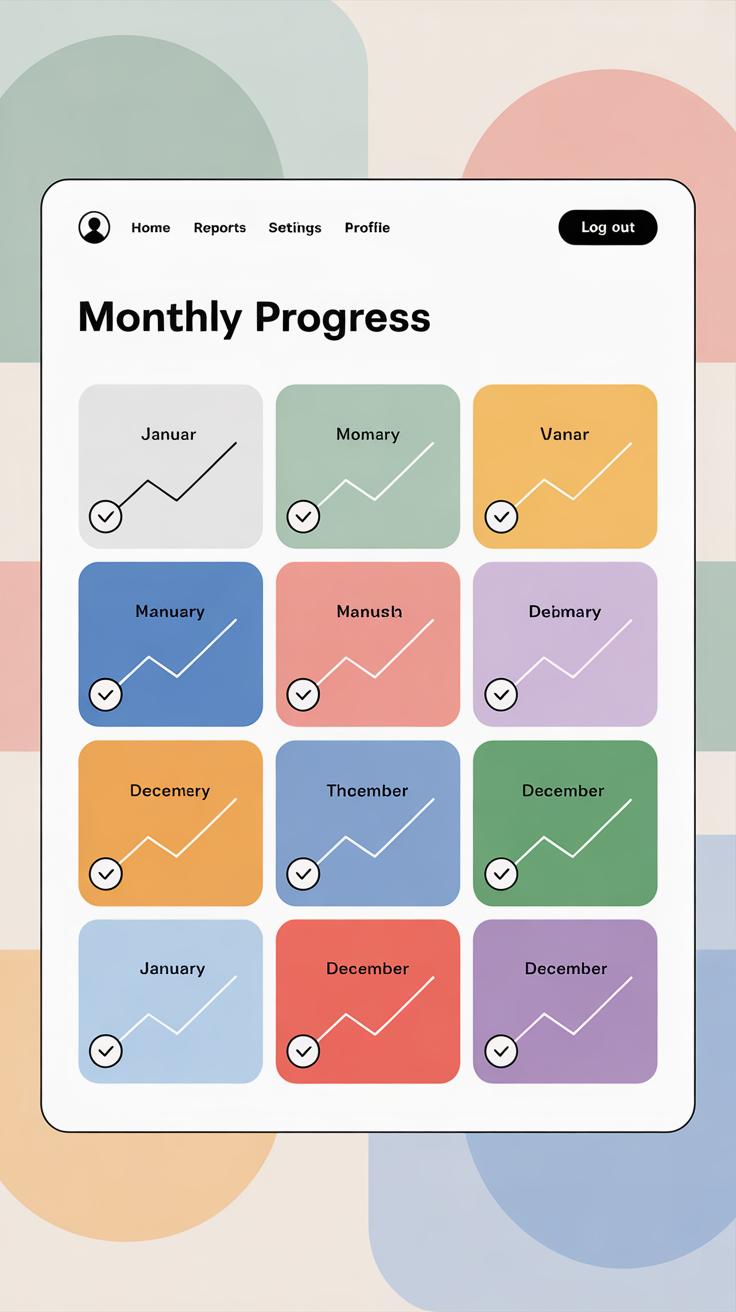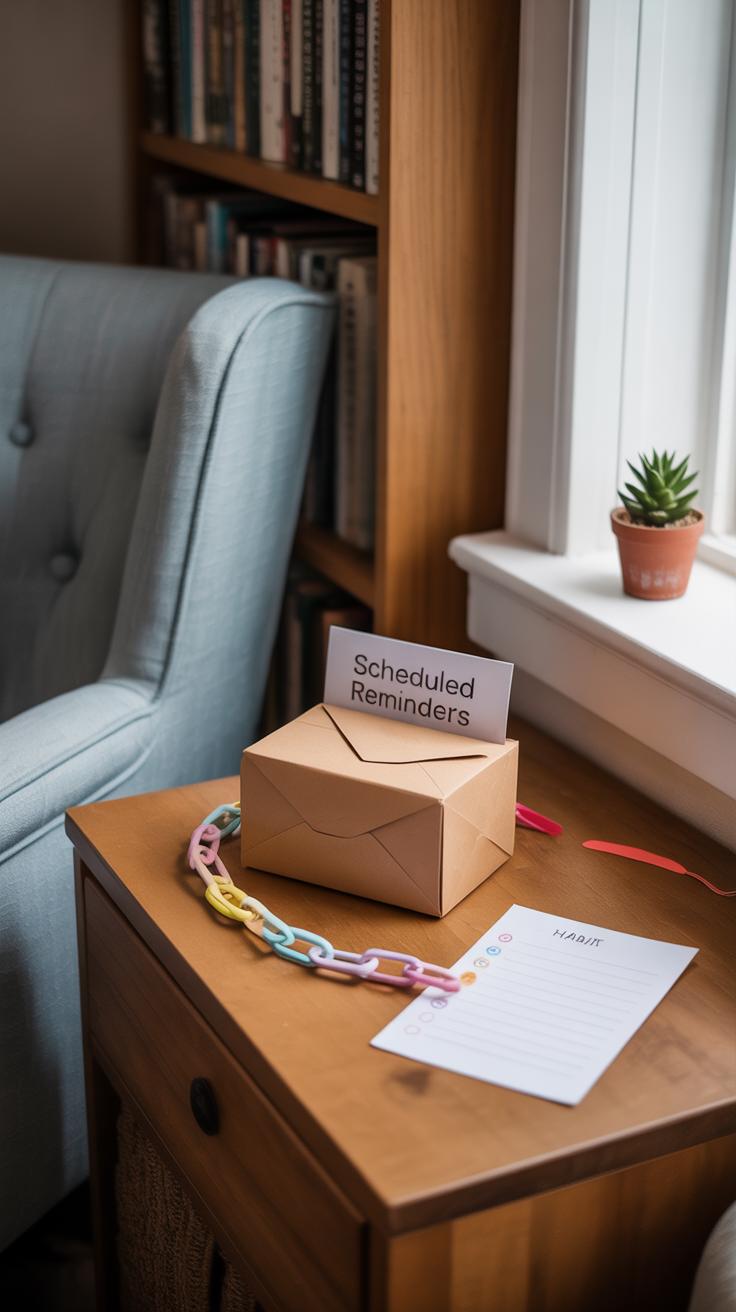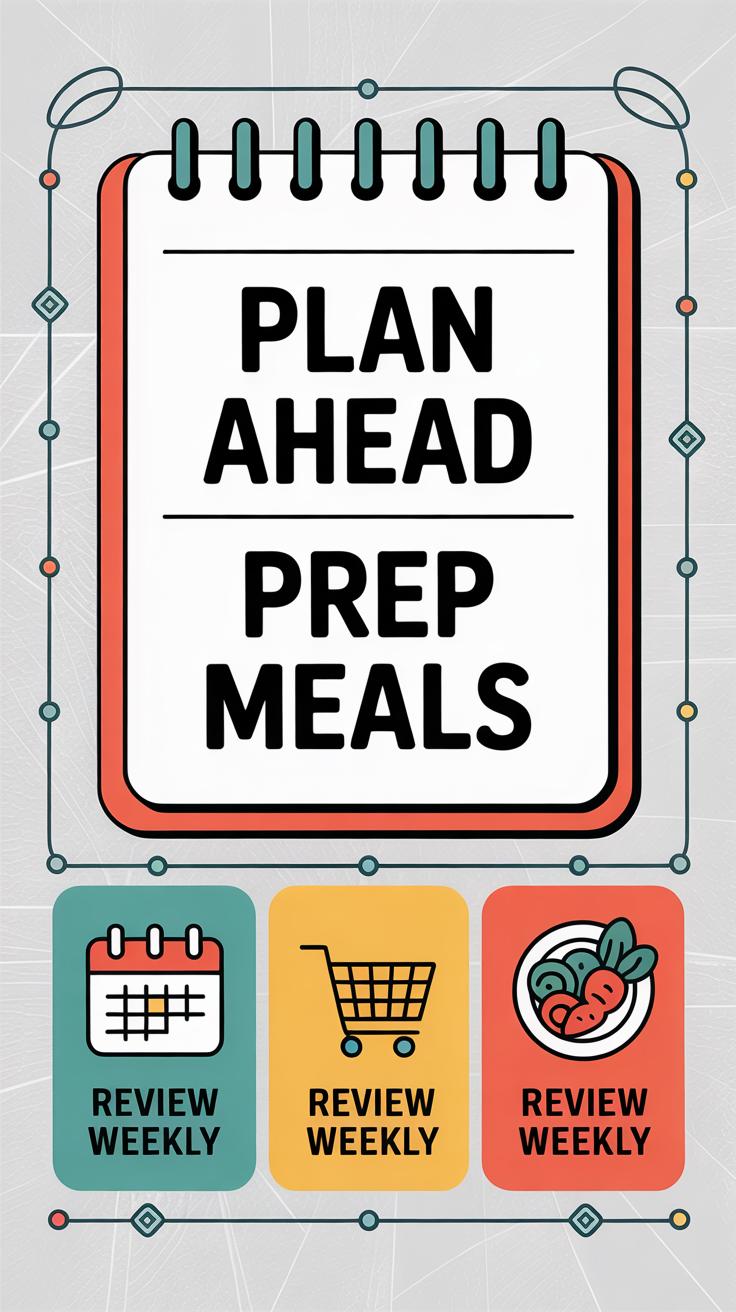Introduction
No Spend Month is a smart way to take control of your money by not spending on unnecessary items for a whole month. This helps you save more, reduce debt, and understand your spending habits better. You commit to buying only essentials, which can change how you think about money.
This article guides you through planning your own No Spend Month. You’ll find clear steps and daily prompts to keep you focused. The planner will help you stay on track and learn habits that improve your finances. You will see how small changes add up to big savings.
What is a No Spend Month
A No Spend Month is exactly what it sounds like: a period, usually a whole month, where you intentionally avoid spending money on anything that isn’t absolutely necessary. The idea is to stop impulse buys, curb non-essential spending, and see where your money really goes when you focus just on essentials—groceries, bills, and things like transportation. People choose to do it for different reasons. Some want to save up fast for a goal. Others want to reset their habit of spending without thinking. Or maybe you just want to prove to yourself that you can live without that extra coffee or new gadget for a while.
It’s not about living in deprivation, though. You still buy what you need. That means food, utilities, and anything important that keeps your daily life running. But skipping those little extras, the unnecessary treats or “just because” buys, is the key rule. Some find it surprisingly hard. Others discover it’s easier than they thought, almost refreshing. But all agree it takes focus and sometimes a bit of planning.
Reasons to Try a No Spend Month
People take on a No Spend Month for many reasons. Some want to save money quickly without complicated budgets. For others, it’s more about breaking a cycle of careless or emotional spending. Have you ever bought something you didn’t really need just because it was there? This month gives you space to stop doing that.
It can also help you gain control over your finances. You might realize how often you spend money without thinking or how many things you don’t actually use or need. The challenge can feel freeing. You learn to make do without extras and focus on what really matters. Some people say it changed their whole approach to money afterward. Others just appreciate the forced pause from constant consumerism.
What You Can Buy and What to Avoid
During a No Spend Month, you’ll want to focus on essentials. These usually include:
- Groceries and basic household supplies
- Bills such as rent, utilities, phone, and internet
- Necessary transportation costs
- Medications or health-related expenses
On the other hand, avoid spending on things like:
- Eating out, coffee shops, or takeout meals
- Clothes, accessories, or non-essential shopping
- Entertainment subscriptions or events (unless prepaid)
- Impulse purchases or “treat yourself” items
Sometimes, it’s tempting to justify a small “reward” purchase, but the point is to hold back. That said, it’s okay if life throws you a curveball and you need to spend unexpectedly. The month isn’t about perfection; it’s about meaningful change. What counts is staying mindful and keeping to the essentials as much as possible.
Preparing for Your No Spend Month
Before starting your no spend month, you should get a clear picture of your current spending. Take at least two weeks to track where every dollar goes. This might feel tedious, but writing down small daily expenses—like that coffee or the occasional snack—opens your eyes. You might be surprised how those little purchases add up.
Once you have this info, start setting a budget that fits the no spend mindset. Identify which expenses are truly necessary—rent, bills, groceries—and which ones you can pause or reduce. Be realistic. Don’t aim to cut everything cold turkey, or you might burn out quickly.
Planning meals ahead plays a big role here. Cooking at home saves money and reduces impulse buys, but it takes some effort. Look through what you have in your pantry first, list simple recipes, and maybe prep meals in advance. It helps avoid the temptation of ordering takeout, especially on a busy day.
Finally, consider your activities for the month. How will you fill your time without spending? Free or low-cost activities—like walks, library visits, or movie nights at home—can keep you engaged without breaking your no spend commitment. Think it over now so you’re not stuck last minute.
Tracking Your Spending Habits
Tracking your spending isn’t just about numbers; it’s about understanding your personal habits. Use a notebook, spreadsheet, or an app—whatever feels easiest. Write down every purchase, small or big, and note when and why you bought it. Over time, patterns will emerge.
You might notice you spend a surprising amount on things you don’t really need. Or you might find you buy coffee out every day because it’s easier than making it at home. That realization helps you decide what to cut, adjust, or replace.
Sometimes you’ll catch yourself spending to fill a boredom gap or avoid stress. Writing it down can highlight emotional spending triggers, helping you plan alternatives for your no spend month.
Setting Realistic Goals for the Month
Setting goals for your no spend month is tricky. You want to challenge yourself but not fail right away. Look back at your spending data and choose goals that fit your lifestyle.
For instance, if you usually dine out twice a week, maybe aim to cut it down to once or to none by the second half of the month. If you buy new clothes often, set a limit on that or freeze all unnecessary clothing purchases.
Aim for specific, measurable goals like “spend only on groceries and bills” or “reduce dining out by 80 percent.” Vague goals like “spend less” are hard to measure and may leave you unmotivated.
Remember, the point isn’t perfection—it’s progress. Adjust goals as you go if needed. Sometimes, what seemed doable at first ends up tougher than expected. That’s okay. Reflect, adapt, and keep trying.
Creating Your No Spend Month Planner
Building a planner for your No Spend Month is more than just jotting down dates. It’s about creating a tool that keeps you grounded, aware, and motivated throughout the challenge. Start by dividing the planner into clear sections tailored to what you want to track and achieve. At the top, outline your main goals—whether it’s saving a set amount, breaking certain habits, or just proving you can do it. Seeing these goals daily can sharpen your focus when temptations arise.
Next, design a simple daily tracking layout. It doesn’t have to be complicated—just spaces to note any spending or, better yet, money saved. This daily log encourages mindfulness. You’ll notice patterns and maybe question little purchases you usually ignore. Reminders scattered across the planner can nudge you to pause before spending and recall why you started. It might be a quick note like “Do I really need this?” or “How does this help my goal?”
Don’t forget to weave in motivational notes and small rewards. They could be affirmations, inspirational quotes, or even promises of a treat when you hit milestones. Those rewards don’t have to be costly—a favorite movie night or an afternoon walk might count. These reminders help break the monotony and keep your morale up, especially when the challenge feels tougher than expected.
Daily Spending and Saving Log
Keeping a daily log feels tedious at first, but it’s surprisingly powerful. Writing down every dollar spent—no matter how small—makes you accountable. Suddenly, that coffee bought on a whim isn’t just a quick pause; it’s a conscious decision. Alongside expenses, track saved money too. Seeing accumulated savings grow, even in small increments, can be oddly rewarding and push you to stick with the plan.
Some days might show unexpected spikes. That’s okay. The log lets you analyze mistakes and adjust. Maybe you forgot about a subscription or felt the pull of social pressure. Recording these moments without judgment helps you understand your spending triggers better than any vague memory.
Motivational Notes and Rewards
Motivation isn’t constant. It fluctuates, sometimes dramatically. That’s why having personalized notes peppered in your planner can be a lifeline. Write yourself encouraging reminders like “You’re stronger than your cravings” or “This is temporary, your goal lasts longer.” Personal stories or little successes you’ve had before work well too. They remind you of your capability.
Setting up small rewards acts as checkpoints. It could be something as simple as a special tea or half an hour for a hobby. The key is to avoid treats that break your no spend promise but still feel like a positive reinforcement. Those moments can reset your mindset and make the following days feel less daunting.
Day by Day Prompts to Stay on Track
Each day of your no spend month offers a small chance to build momentum or stumble—you probably know this already. To help you stay steady, here are prompts to guide your focus every day. Ask yourself: What am I tempted by today? Can I replace that urge with something non-spending related? For example, instead of browsing online stores, maybe spend five minutes reading or journaling about why you want to save.
Try noting any emotions linked to spending urges. Are you stressed, bored, or celebrating? Recognizing these patterns can reveal triggers you hadn’t noticed before. Remind yourself of your main no spend month goal—whether it’s reducing debt or saving for something special. Keeping that front and center helps when discipline wanes.
Some days will feel easy; others might test your willpower. That’s okay. Keep a simple checklist: Did I avoid unnecessary purchases today? Did I find one inexpensive or free way to enjoy myself? These small victories count. And remember, perfection is rare—but effort is what builds lasting changes.
Weekly Check-ins and Reflections
Taking time each week to reflect can be surprisingly revealing. How are you really doing? Sometimes we assume we’re on track just because a few days went well—weekly reviews break through illusions like that. Try answering questions like: What worked this week? What tempted me the most? Did my spending urges come at certain times or places?
If some days felt tougher, don’t see it as failure. Use the review to adjust your plan. Maybe meal prepping more thoroughly helps curb eating out. Or scheduling a free activity with friends might reduce boredom shopping. Carve out 10-15 minutes weekly to jot down notes—it’s a simple habit but oddly powerful.
Reflection also helps keep motivation real. It’s easy to start a challenge with high hopes, only to fade in the middle. Seeing progress on paper, even small amounts saved or temptations resisted, reminds you why the no spend month matters.
Handling Unexpected Temptations
Let’s be honest: no spend months rarely go perfectly. Sudden urges or surprise expenses pop up—maybe an unexpected social invite or a sale email tailored just for you. These moments test everything. One way to handle them is to pause before spending. Ask yourself: Do I really need this now? How will this affect my goals?
Another strategy is to have a “distraction list” ready. When an urge hits, try something from the list—take a walk, call a friend, organize a drawer. Shifting your focus stops habit-driven spending before it starts.
For unexpected expenses that can’t be avoided, plan ahead. Set aside a small emergency fund before the month begins, so you won’t feel like the no spend rules trap you. It’s about balance, not rigid denial—remembering this makes the challenge less stressful and more practical.
Managing Essentials Without Extra Spending
Smart Meal Planning and Cooking
Food is one of those essentials where it’s easy to slip into spending more than planned, especially if you rely on takeout or snacks. Planning meals ahead can really help here. Try setting aside time once a week to look at what you already have in your pantry and fridge. This can reduce waste—and the urge to buy unnecessary items.
Think about simple meals with few ingredients; soups, stir-fries, and casseroles often stretch your groceries further. Cooking at home not only saves money but also gives you control over portions and ingredients. I’ve found that prepping a big batch of something at the start of the week means no last-minute scramble for expensive convenience foods. Also, leftovers can become meals on their own if you get creative.
Paying Bills and Transportation Costs
Bill payments usually aren’t flexible, but how you plan for them can be. You could try setting aside exact amounts right after receiving income to cover these before the no spend month begins. It’s about separating unavoidable spending from extras, so you stay within limits without stress.
When it comes to transportation, look at your usual habits. Could you walk or bike to places instead of driving or using public transit? Sometimes, cutting one or two trips a week makes a noticeable difference. If you must pay for transport, see if monthly passes or prepaid options save money. It feels a bit restricting trying to stick to this, and sometimes you’ll want that convenience. But think about the benefits—it’s about managing essentials, not eliminating them.
Finding Free and LowCost Activities
When you commit to a no spend month, it’s easy to think that your free time will become dull or limited. But there’s a lot to explore without reaching for your wallet. You might find yourself surprised by how many simple pleasures don’t cost much at all.
For instance, hobbies like journaling, sketching, or practicing an instrument can keep your mind active and entertained. Sometimes, just taking on a creative challenge helps fill those moments when you’d normally shop or dine out. Maybe try cooking new recipes with what you have in your pantry—that counts as fun too, and you gain some skills.
If you’re craving social time, invite friends over for a game night without spending on snacks or drinks. Or swap books, movies, or music with people you know. The key is thinking of entertainment as something you actively create rather than buy.
Exploring Nature and Local Resources
Nature offers plenty of options. Walking around your neighborhood, visiting a local park, or hiking nearby trails can fill your afternoons easily. I remember one no spend month when I rediscovered a small forest preserve just minutes from home. The quiet and green space felt like a secret I’d never noticed before.
Look up community calendars too—many towns host free events like concerts, art shows, or workshops. You might miss out on paid outings, but local free events have their own charm. Even small changes, like trying birdwatching or stargazing, can surprise you with how much they occupy your mind without costing a thing.
Using Public Libraries and Online Resources
Libraries are often underused when we think about free entertainment and learning. Beyond borrowing books, many libraries lend movies, host author talks, and provide access to digital resources. One month, I got hooked on an online language course I found through my library’s website—totally free and flexible.
The internet itself holds countless options, but the trick is avoiding online shopping temptations. Focus on free tutorials, podcasts, documentaries, or virtual museum tours. If you plan your digital time with purpose, you can gain knowledge and enjoyment without spending a dime.
Could this shift in how you spend downtime make no spend month easier? Probably. It won’t feel like deprivation if you keep exploring options that offer surprise and variety.
Tracking Progress and Adjusting Plans
Using your no spend month planner every day can really change how you see your habits. Write down every little expense, even the ones that feel too small to matter. This daily habit helps you catch where money slips out unintentionally. You might be surprised at what adds up over time.
If you notice the plan isn’t going quite as expected — maybe an unexpected bill pops up, or you find you’re not as strict as you thought — don’t panic. Adjustments are necessary. For example, if you planned to avoid all dining out, but a work event comes up, note it honestly and then tweak the rest of the week to balance it out.
Make a habit of reflecting each evening. Ask yourself: Did I stay on track? What felt hard today? What was easy? This reflection isn’t just about grit—it’s about learning patterns that help you improve.
Recording Successes and Challenges
Every day jot down a quick note — celebrate a little win or admit a stumble. Maybe you resisted impulse shopping or found a free activity that lifted your mood. Those victories, as small as they seem, build momentum.
Struggles matter too. When you face temptation or slip up, write what happened and how you felt. Over time, this builds a diary of your journey and helps uncover triggers and weak points. It’s not about judgment but understanding.
Seeing your successes and setbacks side by side can keep motivation alive. It’s tempting to only record the good stuff, but the honest bits are what really push change forward.
Adapting to Changes in Your Budget
Life throws curveballs. Maybe a car repair or health expense wasn’t in your original budget. When unexpected costs appear, revisit your goals — they don’t have to be set in stone. Scale back non-essential spending in other areas to cover the surprise.
If your savings target feels out of reach, consider lowering it temporarily or extending the no spend period by a week or two. This flexibility keeps the plan doable rather than discouraging.
You can also swap some planned free activities for those that cost a bit, if that helps keep your sanity. The goal is steady progress, not perfect restriction. Adjusting plans thoughtfully can help you manage the month without feeling trapped.
Building Lasting Habits After No Spend Month
After a No Spend Month, you might feel like you’ve just scratched the surface of what’s possible with your money. The real test is keeping the momentum going once the challenge ends. The habits you built don’t have to fade away, even if life gets busy or temptations return.
One thing I found helpful is regular spending check-ins, not just daily during the month but weekly or even monthly afterward. You don’t need to obsess over every penny, but a quick glance at where your money’s going can keep you grounded. It’s easier to slip back into old patterns when you stop paying attention. A simple habit like jotting down a few expenses after key purchases can alert you before things get out of hand.
Using your progress from the month as a baseline makes setting new goals feel natural instead of forced. Maybe you saved a bit more than expected or realized that some expenses simply aren’t worth cutting out completely. That knowledge can guide you as you plan what to save for next—whether it’s building an emergency fund or treating yourself in a controlled way.
Here are a few ideas to keep things moving:
- Pick one non-essential expense to minimize each month.
- Review your budget with fresh eyes to set a realistic savings target.
- Celebrate small wins, even if it’s just noticing you stayed under budget.
Does the idea of tracking payoffs a few months down the line motivate you? How might you adjust your habits if your priorities change? Keeping flexible, while holding on to the discipline you built, tends to work best.
Tips for Success and Avoiding Common Pitfalls
Being Prepared and Self-Disciplined
Preparation is one thing you can’t skip if you want to make a No Spend Month work. Planning your meals, scheduling free activities, and even thinking through expenses that can’t be avoided—these small steps make a huge difference. You might underestimate how often you reach for your wallet out of habit. Training yourself to pause before buying something is key, but it’s easier said than done. Sometimes, slipping up feels almost inevitable.
Self-discipline doesn’t mean being harsh with yourself; it’s about setting realistic boundaries and sticking to them. Maybe you’ll have moments when craving a new book or a coffee feels like a necessity rather than a treat. In those times, remind yourself why you started. But don’t be so strict that a little setback derails your entire effort.
Seeking Support and Staying Motivated
Going solo can make this challenge tough. Sharing your goals with friends or family can give you accountability and encouragement. Sometimes, just saying out loud, “I’m doing a No Spend Month,” makes it real. You might find people who want to join you, which is even better. Or join online groups where members swap ideas, celebrate wins, and vent frustrations.
Staying motivated might take some trial and error. Try tracking your progress visually or rewarding yourself with non-spending treats like a walk in a park or an hour reading. It’s surprising how small celebrations help keep you on track. What support feels right for you? Do you thrive with cheering crowds, or prefer quiet encouragement? Finding your fit can change everything.
Conclusions
Trying a No Spend Month can give you better control over your money. It shows what you really need and helps cut down on extra spending. The daily prompts keep you committed and make the process easier. Over time, these habits help you save regularly and feel less stressed about money.
Use the planner and prompts to guide you through your No Spend Month. Keep focusing on your goals day by day. Remember, it is about learning how to spend smart and save more. Give it a try and see how your money habits improve step by step.
